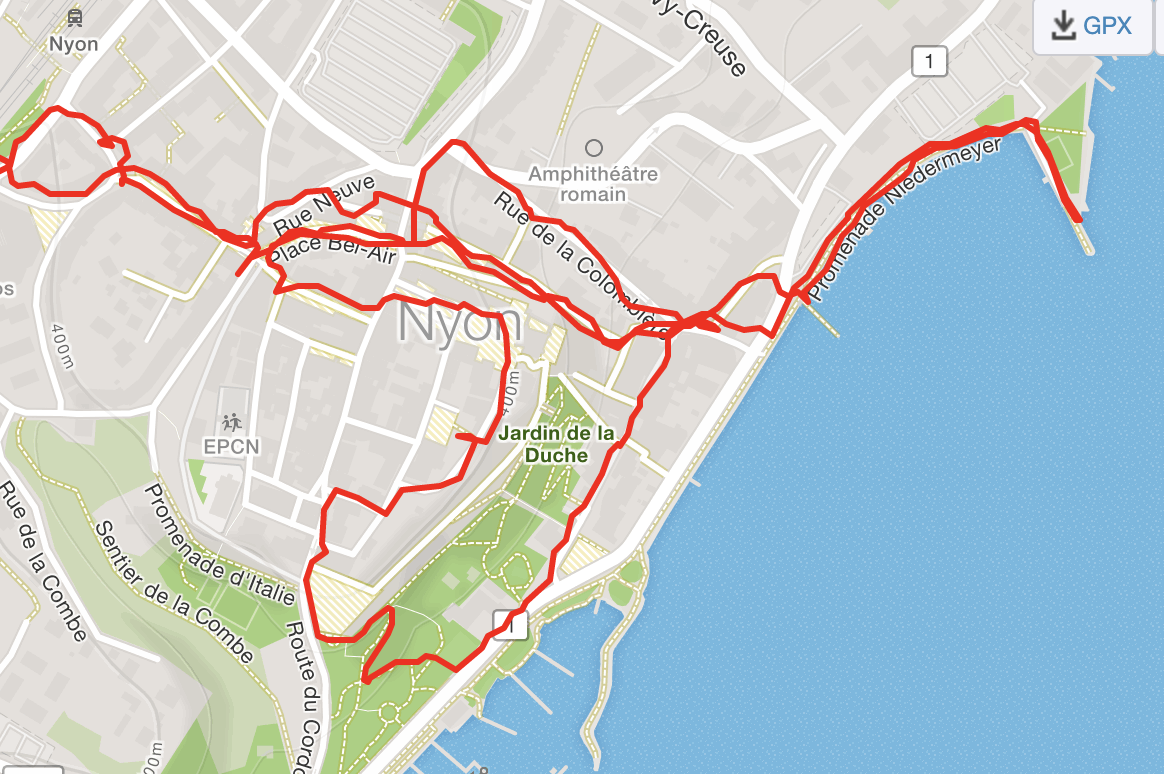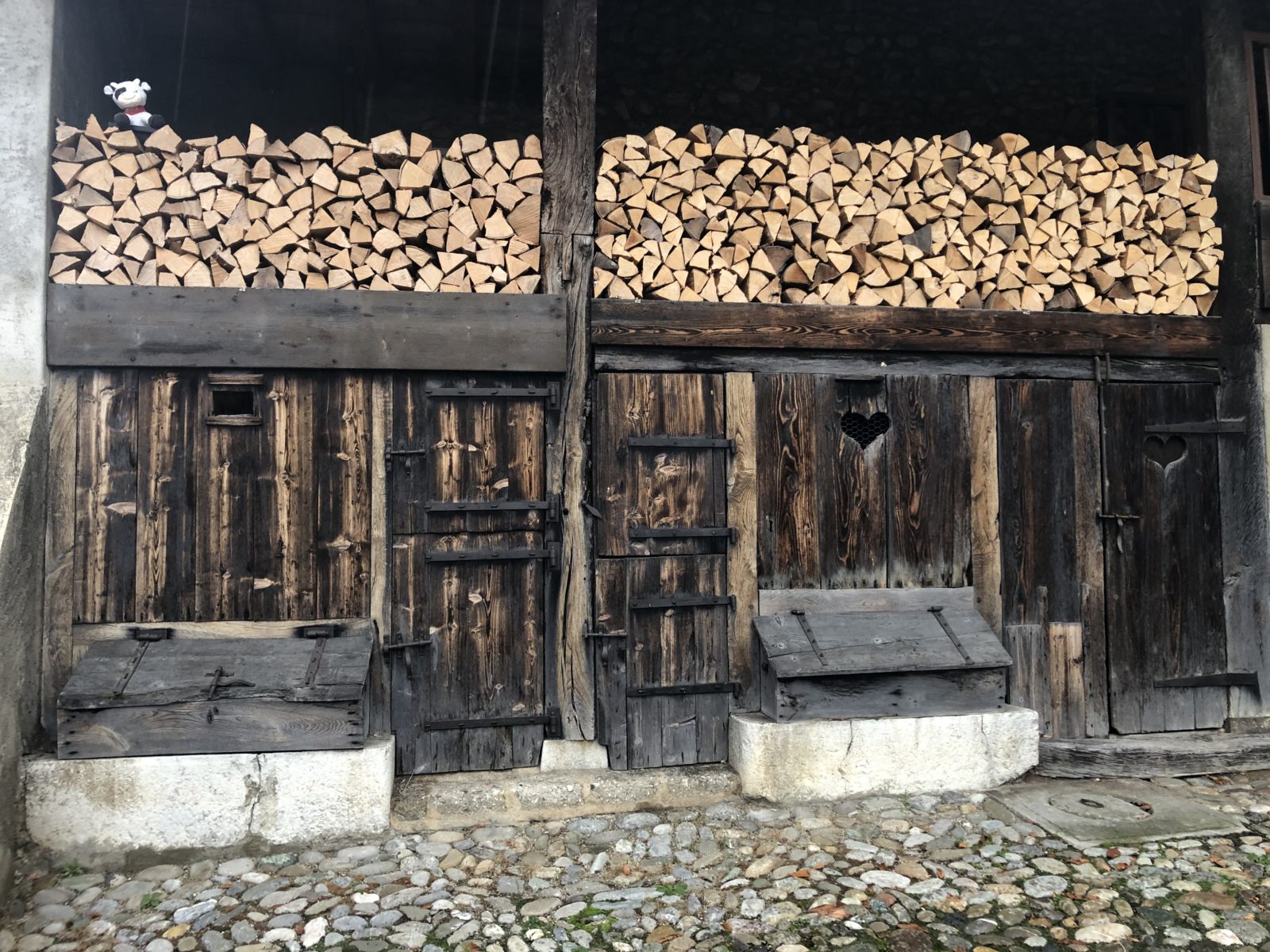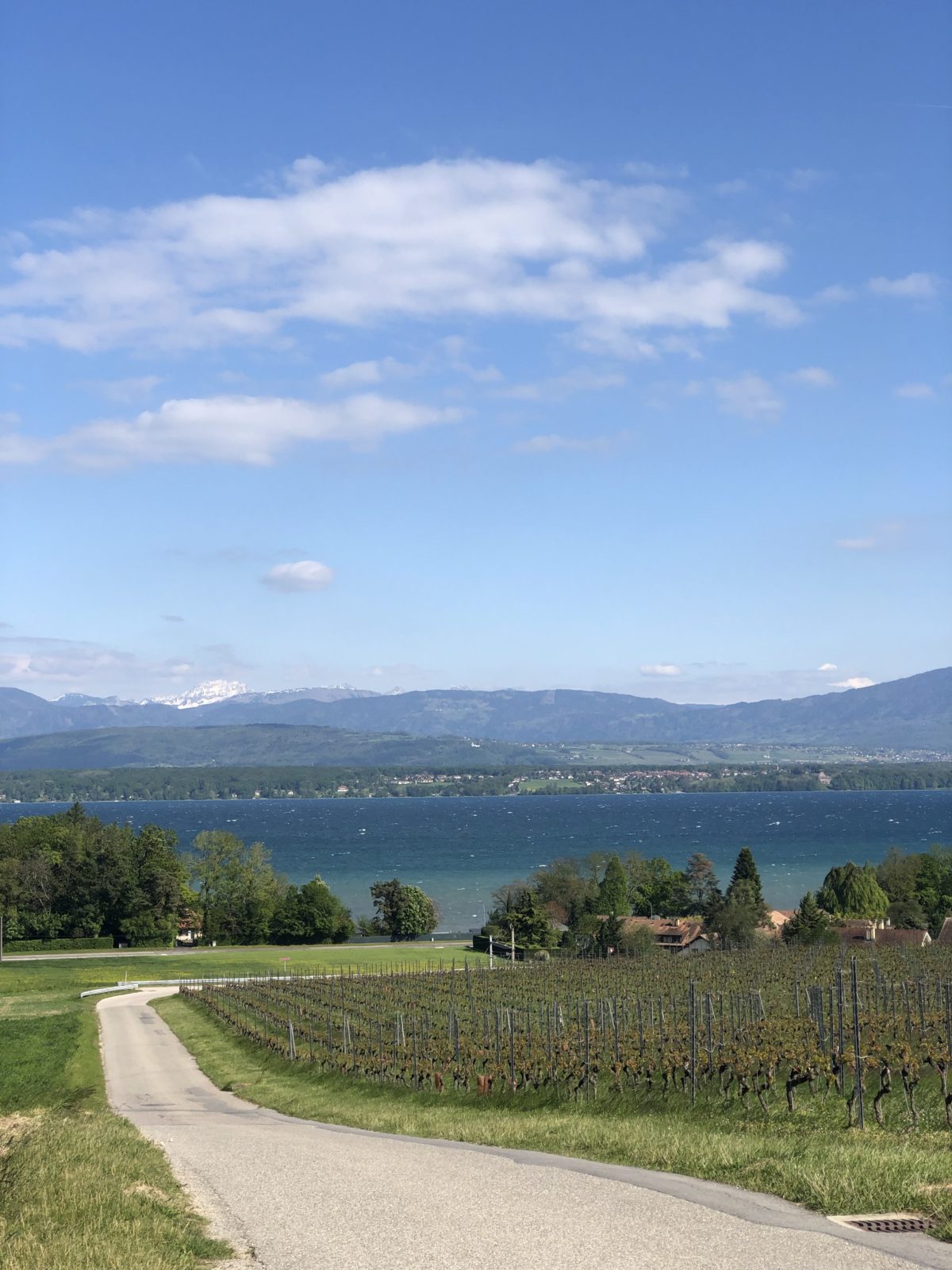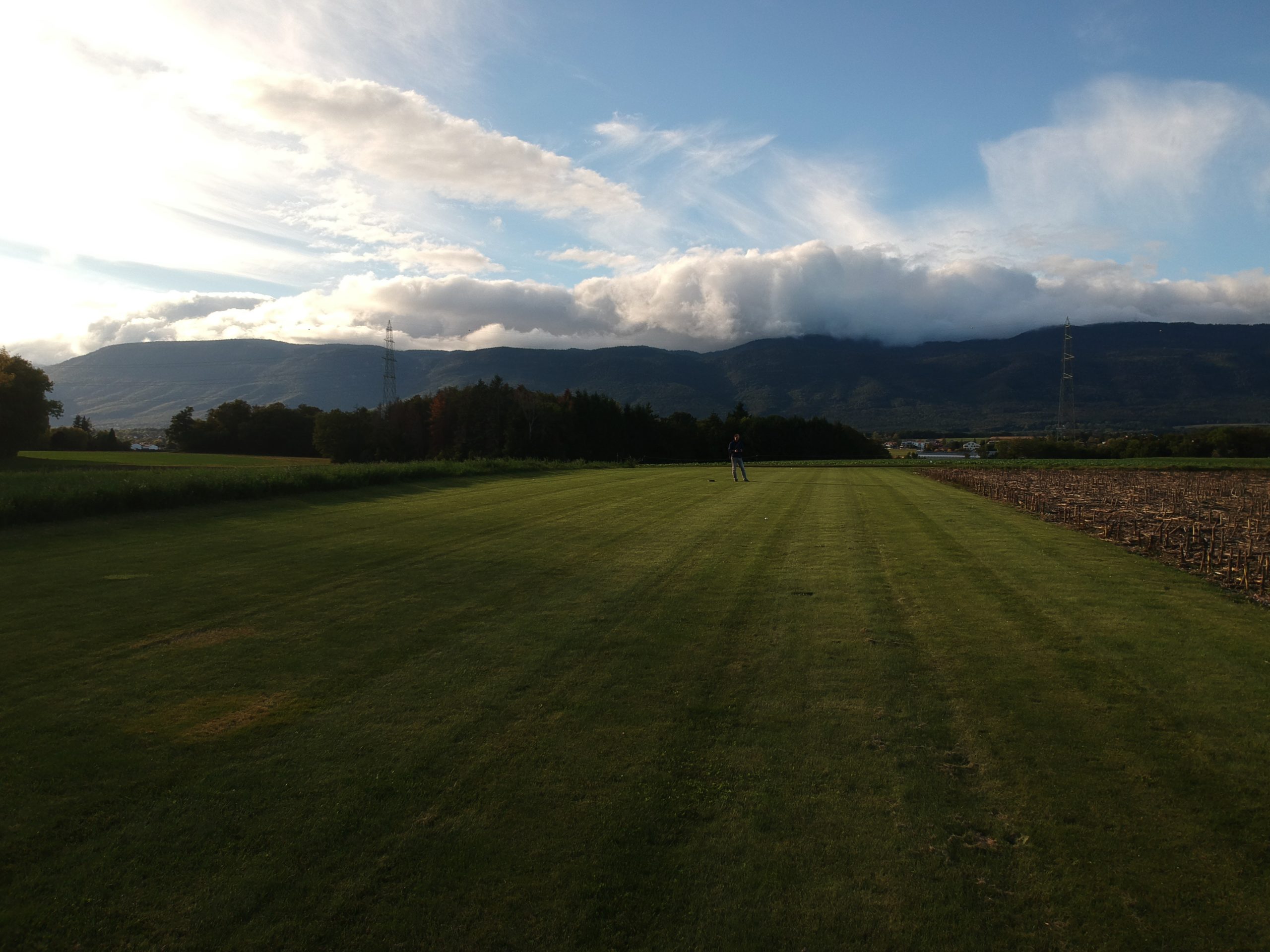Month: October 2019
-
A Drone flying over Hong Kong at night.
Reading Time: < 1 minuteI ate lunch as I watched the footage of a drone flying over Hong Kong at night and at first I was confused as to whether the images were real or not. As you watch more of the video you see that everything is real. The depth of field is good…
-

A Ten Kilometre Sunday Ingress Walk
Reading Time: 2 minutesI was going to take the scooter but it was stuck by three SUVs so I had no option but to lazily give up and go on a 10 kilometre Sunday Ingress walk. I couldn’t be bothered running up to the second floor, getting the car keys, moving the car, getting the…
-

An Ingress Photo Walk Before The Rain
Reading Time: 2 minutesToday I went for an Ingress Photo Walk before the rain and I eventually did have to go home because the phone was starting to get wet and there was no urgency to continue playing the game and walking. I did spot a few things that were slightly out of the ordinary.…
-
Cloud Timelapses
Reading Time: < 1 minuteCloud timelapses are fun when you can put the camera somewhere and go and do something else. Yesterday I knew that we would go from blue skies and sparse clouds to overcast and rainy so I set up the camera to record a timelapse. I set the interval to one setting…
-

On the Pleasure of Walking Without Stopping at a Road Crossing.
Reading Time: 3 minutesAfter watching the video below this paragraph I want to speak on the pleasure of walking without stopping at a road crossing. In modern cities you can’t walk for more than a minute or two without having to stop at a road crossing, a traffic light or other feature. The result is…
-

A Timelapse from La Barillette
Reading Time: 2 minutesIt is not rare for me to do a timelapse from La Barillette. Several years ago I tried a timelapse with a 360 camera where you saw clouds forming overhead and in a spherical video. I also filmed a timelapse of the Paléo parkings filling up. This time I went up the…
-
Dziga Vertov and Social Media
Reading Time: 3 minutesA century ago Dennis Arkadievitch Kaufmann, more commonly known as Dziga Vertov, the spinning top, came up with the concept of the All-Seeing Eye. The Kinoki. The Cinema Eye. His idea was that with time life unawares could be documented and daily life would be captured by cameras for everyone to see.…
-
Linkedin Learning
Reading Time: 3 minutesSummary Linkedin Learning is a video resource for people who would like to learn new skills. These range from writing and painting to sound design, video lighting, project management and more. In following these courses individuals can learn new skills, perfect old ones, and learn new tricks. The point is always to…
-
Ingress By Bike
Reading Time: 2 minutesIngress by bike is good when you’re in the countryside because it allows you to travel between villages faster than if you were walking and without the carbon footprint of taking the car or a scooter with an internal combustion engine. It also allows you to stop anywhere. Distance Covered In two…